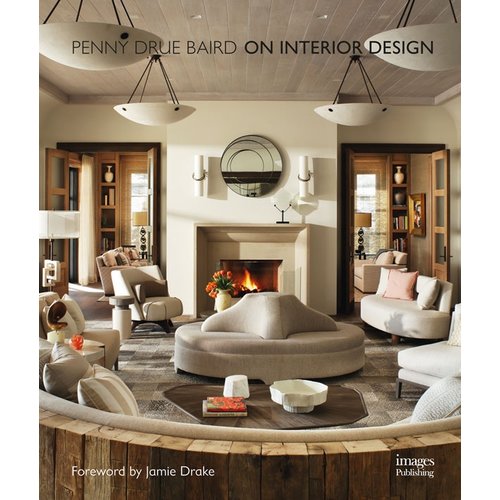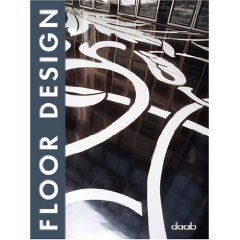The Design Community's Impact on Tropical Forestry

Sustainable forest management is a key practice in ensuring the health and longevity of forests that produce legal tropical hardwood products. Photo courtesy of the Tropical Forest Foundation.

That narrow spec, however, caused a reaction all the way down the product’s supply chain - from the manufacturer to the importer to the supplier working in the tropical region.
Common practices in the design community are to pursue LEED points by specifying only woods certified to the Forest Stewardship Council (FSC) standard and to further tighten the specification by pursuing narrow aesthetic values. As a result, companies and communities in tropical regions that are pursuing sustainable forest management and higher value for their forests are being excluded from a large portion of the U.S. market.
Challenges the Supply Chain Faces
The tropical ecosystem and international trade are dynamic and complex, impacted by social and economic issues and a maze of international, national and regional regulations. Despite these complexities, there are three consistent challenges that suppliers face when delivering specified product to the U.S. market: Cost of certification, lack of demand for product, and natural variations in wood.
“These challenges impact tropical timber suppliers’ ability to ensure their own financial success, maintain the economic viability of the forests and, in turn, protect the long-term sustainability of their concessions,” said Art Klassen, project director at TFF-Indonesia, an affiliate of the Tropical Forest Foundation (TFF).
Cost of Certification
As major markets develop entry requirements of timber imports, including changes to the U.S. Lacey Act in 2009, more suppliers see sustainable forest management (SFM) and meeting legal chain of custody (CoC) requirements as the cost of doing business. However, John Andl, president of TradeLeaf LLC, a timber importer to the U.S., said these measures are not enough.
“Even if suppliers are meeting third-party certification requirements, many of them are not large enough to finance the certification process. For those who can afford certification, they still lack assurance that they’ll recoup their investment through timber sales.”
He added that another roadblock is that the design community routinely prefers the FSC label to other third-party auditing programs. “Even if we have proof of a third-party audit and legal CoC papers, it’s still difficult to sell timber without FSC. Architects just won’t accept it.”
Lack of Demand
Deforestation isn’t caused by the timber industry, but rather the lack of demand for timber products. Forestlands get converted to other uses when owners, managers and even governments perceive other uses to have greater economic benefit.
Suppliers, wanting to maintain the forest, have increasingly pursued training and education around SFM practices, using training centers including TFF’s in Africa, South America and the Asia/Pacific regions. In many cases, this training acts as a first step toward third-party certification. However, to make further progress, a greater, consistent demand for tropical timber from major import markets is required for them to maintain confidence to invest in training and certification.
Natural Variations in Wood Characteristics
In addition to cost and lack of demand, wood product manufacturers must meet aesthetic challenges, as well. There has been a trend toward narrow specifications that often do not leave room for the natural variations of wood.
Bud Klipa, general manager, Steelcase Wood Solutions, noted, “Our goal is to partner with designers to deliver on their vision while building a sustainable supply chain that maximizes wood yield and preserves this natural asset. To do that, we are working alongside the design community to help it understand how specifications can drive yield. We hope that by sharing our insights we will encourage designers to see natural variation as a part of the inherent beauty of wood products.”
Three Actions Designers Can Take For a Positive Reaction
Specifying tropical timber can help maintain the economic value of the forest, but in many cases some specifications are more powerful than others. Here are three ways designers can adjust their specification process to help ensure the long-term sustainability of tropical forests:
1. Look beyond LEED credits. TFF, Rainforest Alliance and other programs help companies that want to improve their forest management and meet strict certification requirements. When specifying wood products consider tropical timber products that help support sustainability, not just what will receive the most LEED credits.
2. Keep specifying tropical wood. Demand ensures the economic viability of the forests and protects them from conversion. Demand encourages well-managed companies to keep investing in training and better forest management. It is worth paying a premium to keep the forest standing.
3. Accept natural wood variations. By incorporating wood’s natural variability into your designs you can eliminate byproducts that are at risk of going to waste. Consider using lesser-known species that deliver the same characteristics you have specified.
If designers follow these steps, we can all help ensure that the demand for legally harvested tropical hardwood remains strong for years to come. - Bob Johnston, Tropical Forest Foundation exec dir.
NOTE: This story was originally published in a slightly modified form on Environmental Design + Construction’s website, www.edcmag.com.
--
Sponsored by: MAPEI
Looking for a reprint of this article?
From high-res PDFs to custom plaques, order your copy today!







